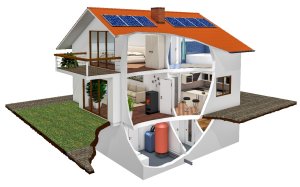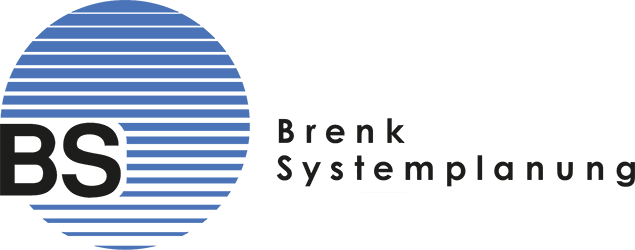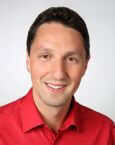Radon is a radioactive noble gas formed during the decay of uranium, which occurs naturally everywhere in the soil, and which can accumulate in buildings. Radon in the air we breathe is the second most important cause of lung cancer in Germany after smoking, and the risks from radon and smoking are mutually reinforcing. The World Health Organization recommends reducing radon concentrations from as low as 100 Bq/m3.
For public safety, the Radiation Protection Act sets a reference radon concentration level of 300 Bq/m3 for inhabited rooms in Germany. Both at home and in public areas, the aim is not to exceed this reference level in the long term.
By law, special regulations for protection against radon apply in the so-called radon-prone areas, where elevated radon concentrations are likely in many buildings. The individual federal states designated these geographical areas by the end of 2020. There, the measurement of the radon concentration in public buildings such as schools and municipal buildings is a requirement. Additional proactive protection requirements apply to the planning and construction of new buildings.
We are happy to support you with
 Soil radon surveys for new buildings.
Soil radon surveys for new buildings.- Short- or long-term measurements of the radon concentration at workplaces. Depending on the situation, we use passive radon detectors or active radon monitors for time-resolved measurements.
- Building surveys for the identification of radon sources and proposals of radon reduction measures
- Support in the implementation of remediation initiatives.
- Verification measurements following the implementation of remediation measures.
We will be happy to support you with appropriate additional information, also vis-à-vis third parties if desired.


